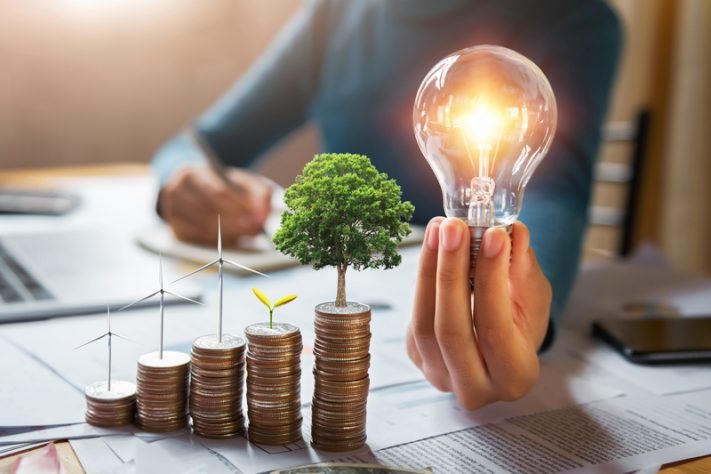Renewables and other low-carbon solutions need to increase from 12% of the energy supply in 2021 to 50% or even 70% by 2050, according to standard industry models, to limit global warming to 1.5° C above pre-industrial levels. The increase is about three times faster than previous transitions, for example to coal and hydrocarbons. These are the conclusions of The Energy Transition Blueprint report, recently released by the Center for Energy Impact of the Boston Consulting Group (BCG).
While total global electricity consumption is expected to double by 2050, more than 775 million people globally still lack access to electricity. Societies also need more than 20 MWh of primary energy per capita to achieve high levels of prosperity. To meet these challenges, the replacement and reduction of fossil fuel use must be significantly accelerated. Five technological levers can allow us to achieve our transition goals: increasing energy efficiency; the electrification of end uses, for example through the use of electric vehicles or heat pumps; decarbonization of the power source; the use of lower carbon fuels where they cannot be immediately replaced; and carbon sequestration.
“Most of the tools we need to bring our energy system to net zero are already available,” said Zsofia Beck, BCG Managing Director and Partner. “What we urgently need are public policies, best practice cases and the capabilities to deliver the largest and most critical peacetime transformation in our economic history.”
A significant investment gap
To complete the energy transition, $37 trillion in investment is needed by 2030. Of this, at most $19 trillion is in funds already committed, resulting in an investment gap of $18 trillion. Investment in both the electricity grid and new solar and wind capacity is needed to avoid low-carbon power generation. Oil and gas must be phased out quickly, but selective investment will still be needed to ensure security of energy supply for our societies.
A tectonic shift in the energy system
The economics of our energy systems will fundamentally change as a result of the transition. Energy will shift from an extracted resource to a manufactured resource, requiring much higher initial investment but lower operating costs. Price volatility is expected to increase significantly, and energy storage remains a challenge as the energy mix shifts from fossil fuels to electricity and hydrogen. Today, in Europe, but also in the US, there is the ability to store one to two hours of average electricity consumption. The new electricity market will require a significant overhaul and will need to address challenges such as cyclicality, increased volatility and uncertainty in energy markets. Energy transport costs will also increase significantly due to the changing energy mix, which is likely to lead to the relocation of production centers of global industry to places where energy is less expensive.
“A significant acceleration of the transition to green energy is essential to maintaining a viable planet for today and for generations to come,” added Zsofia Beck “The challenges and disruptions that come with this coming transformation should not be underestimated. However, there will also be tremendous opportunities. In the long term, a largely green energy system can solve today’s energy trilemma around energy sustainability, affordability and security.”
